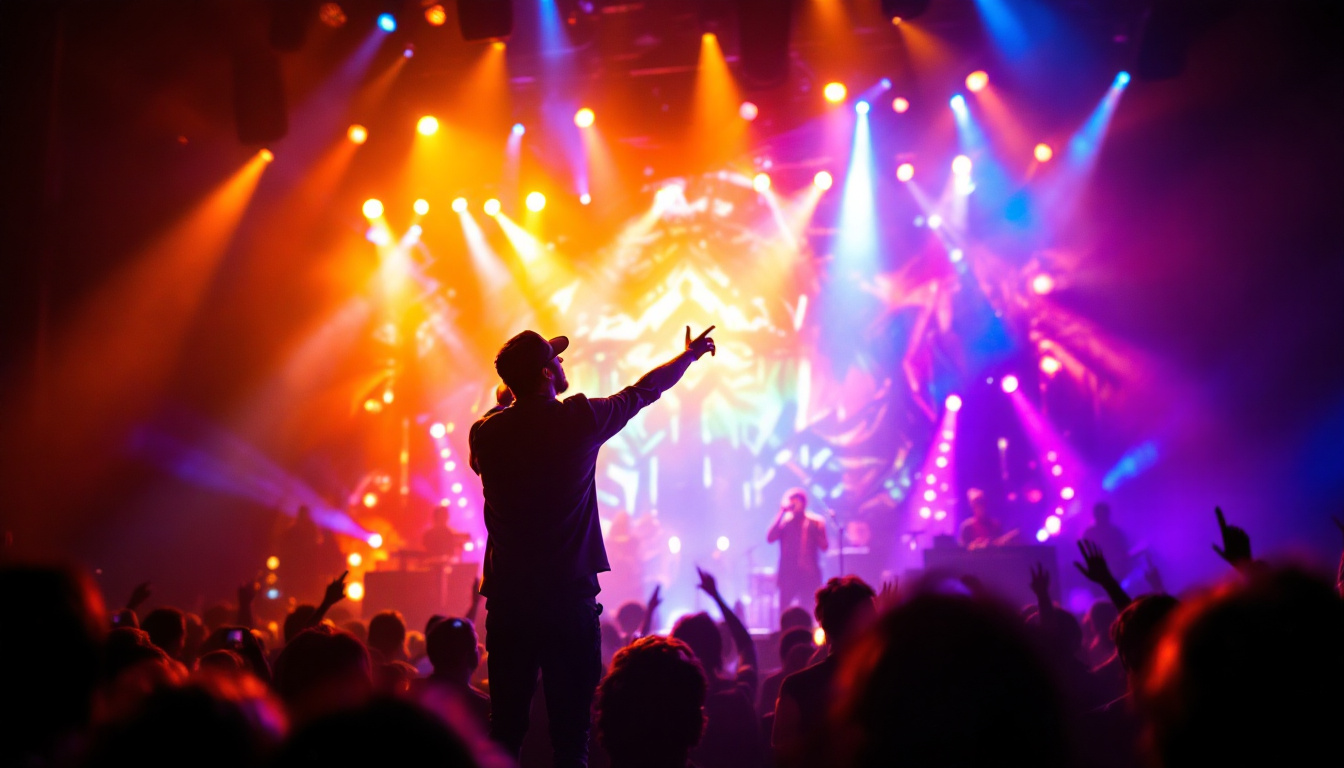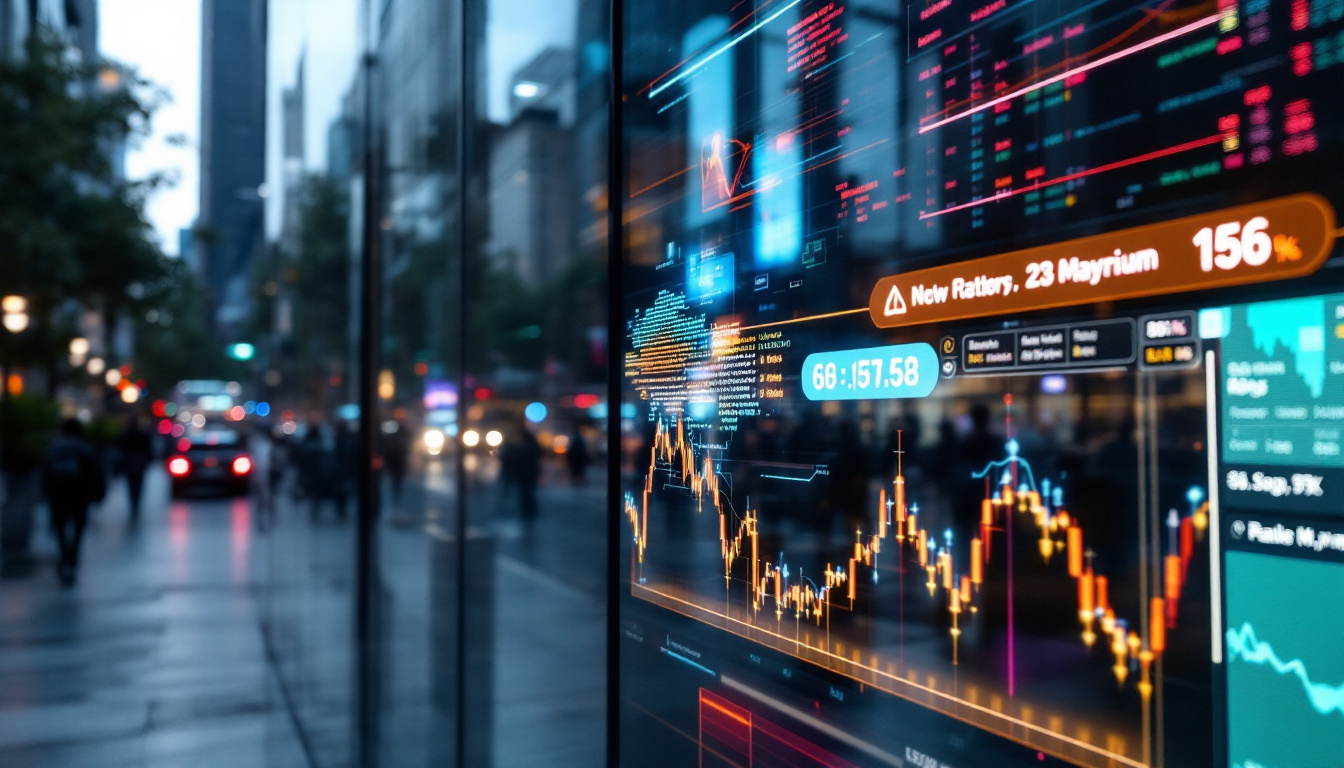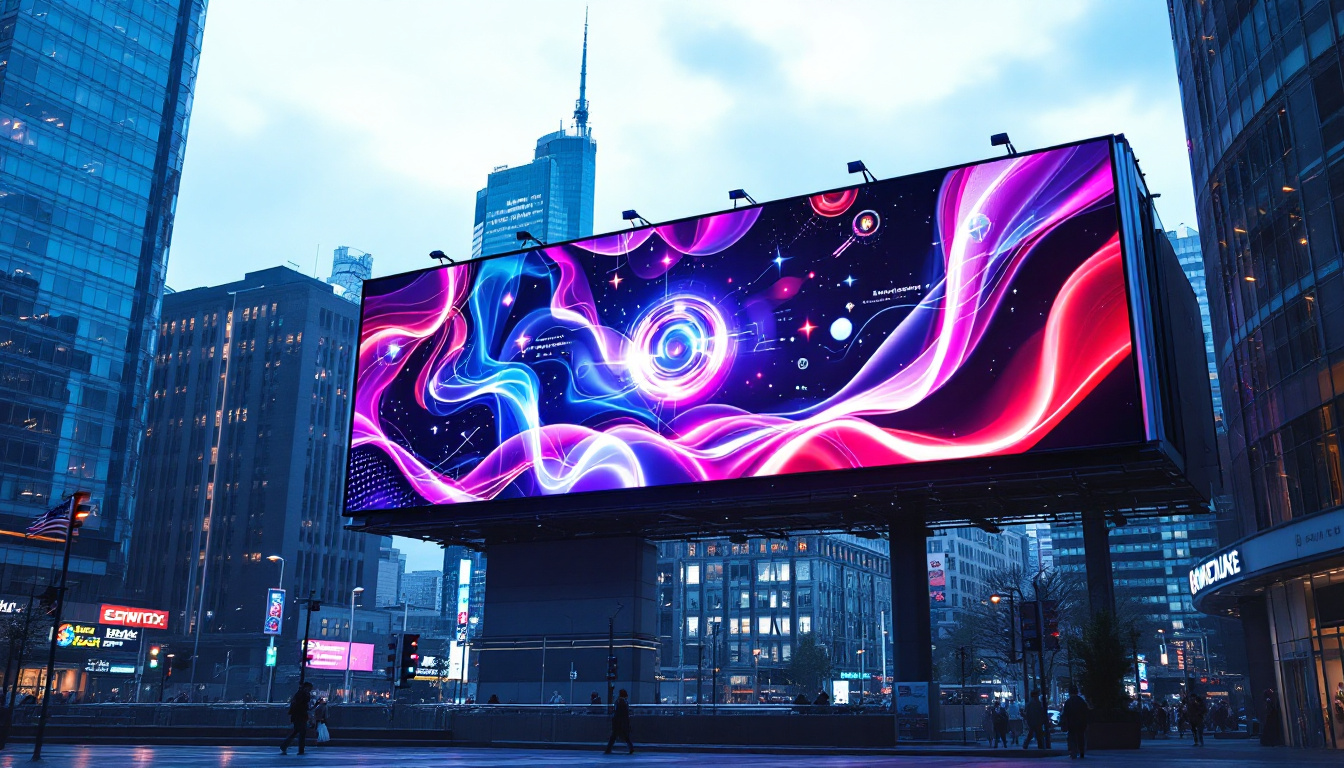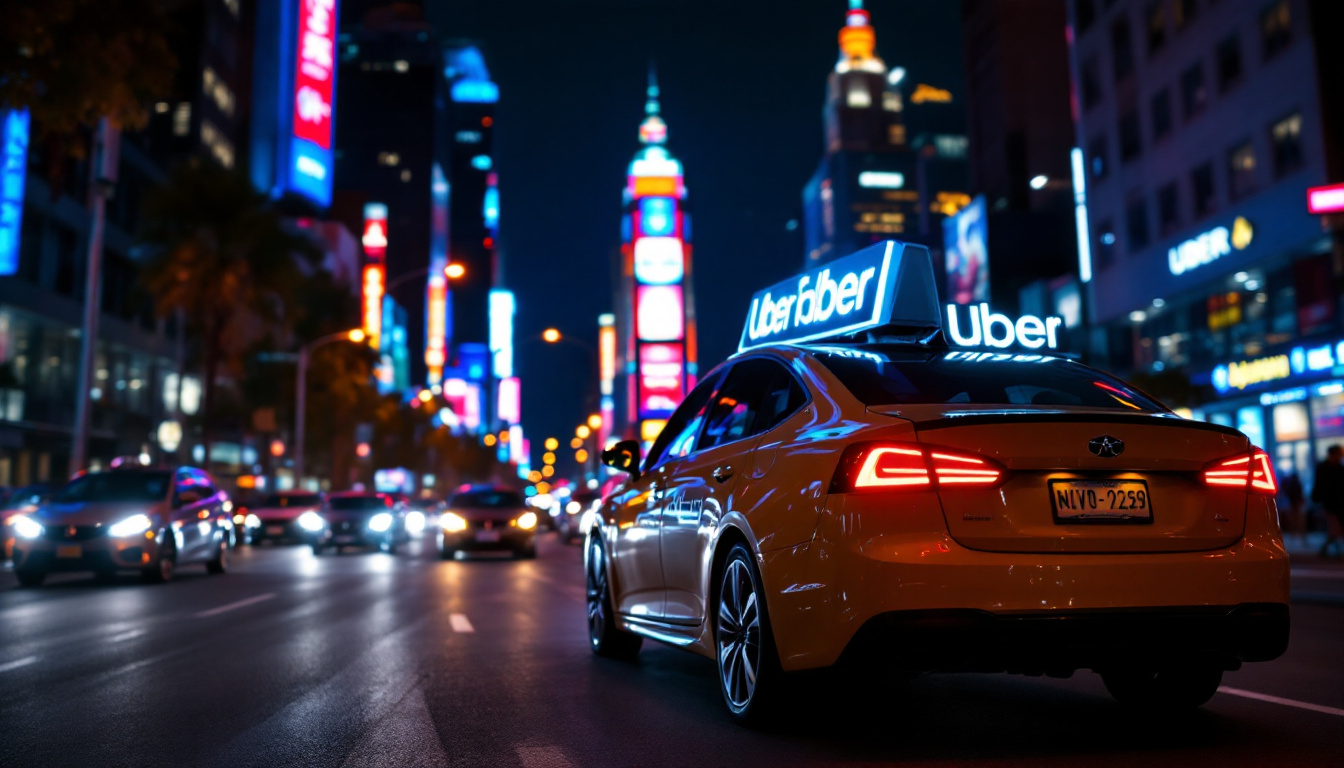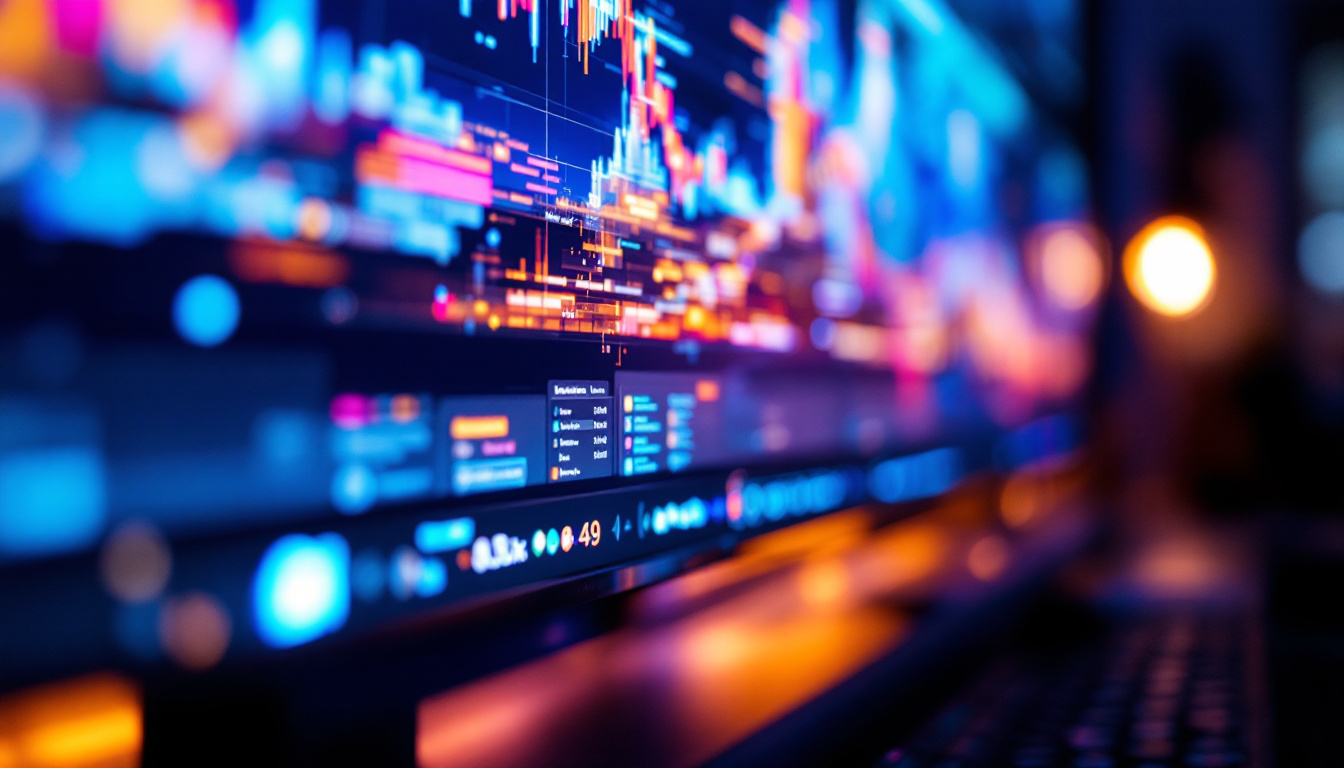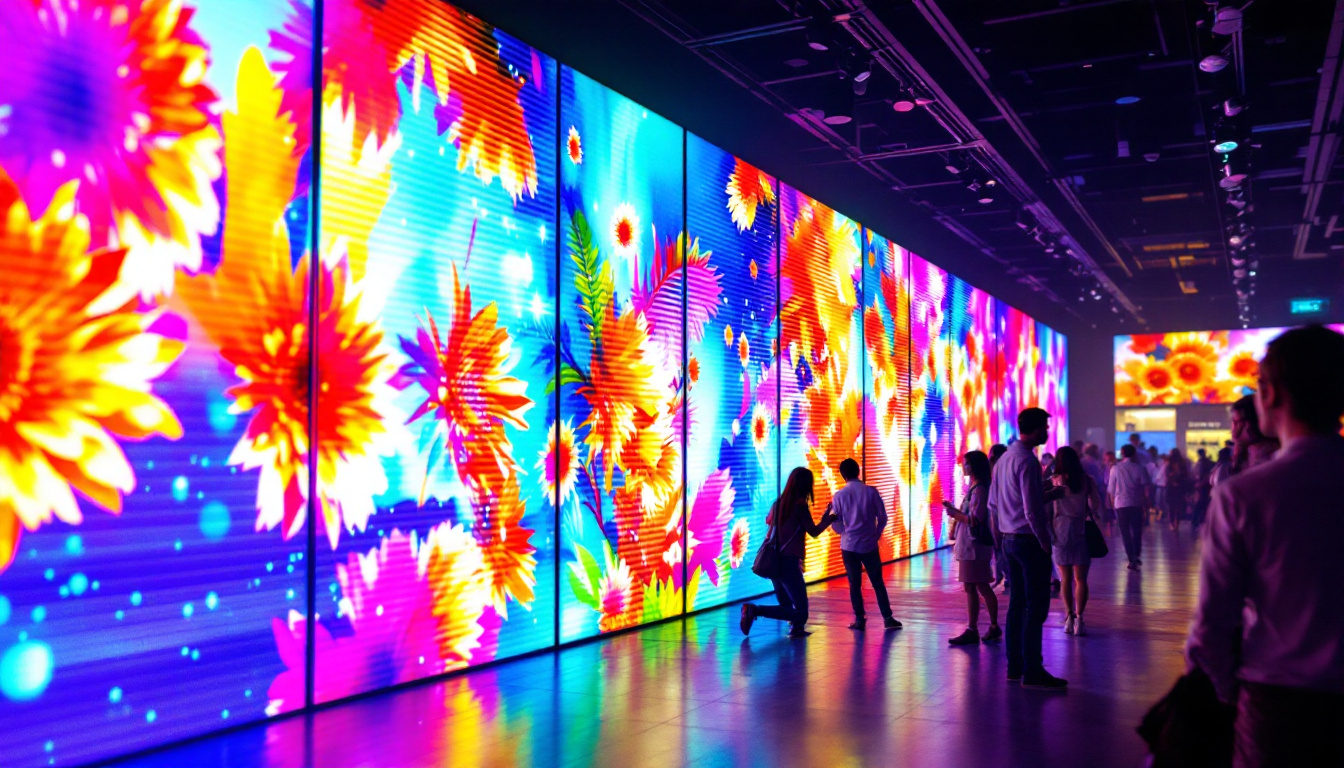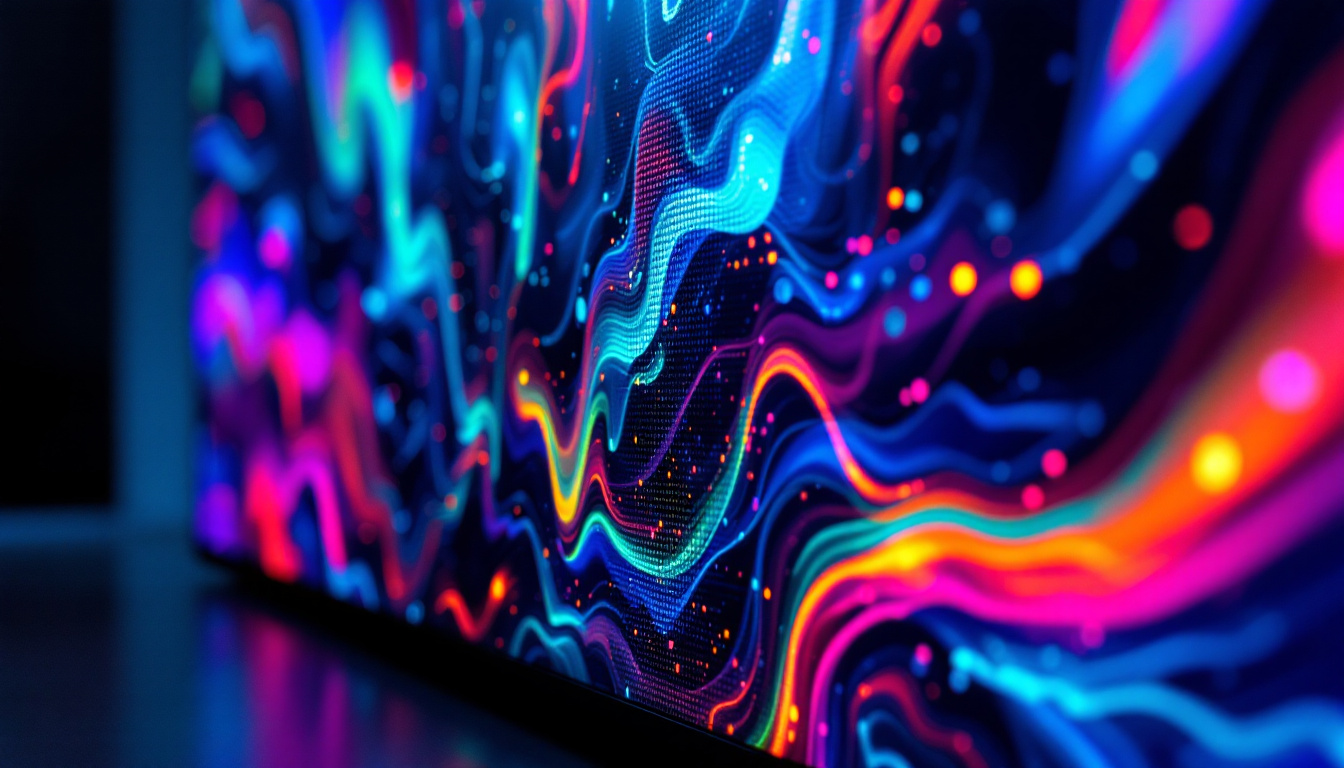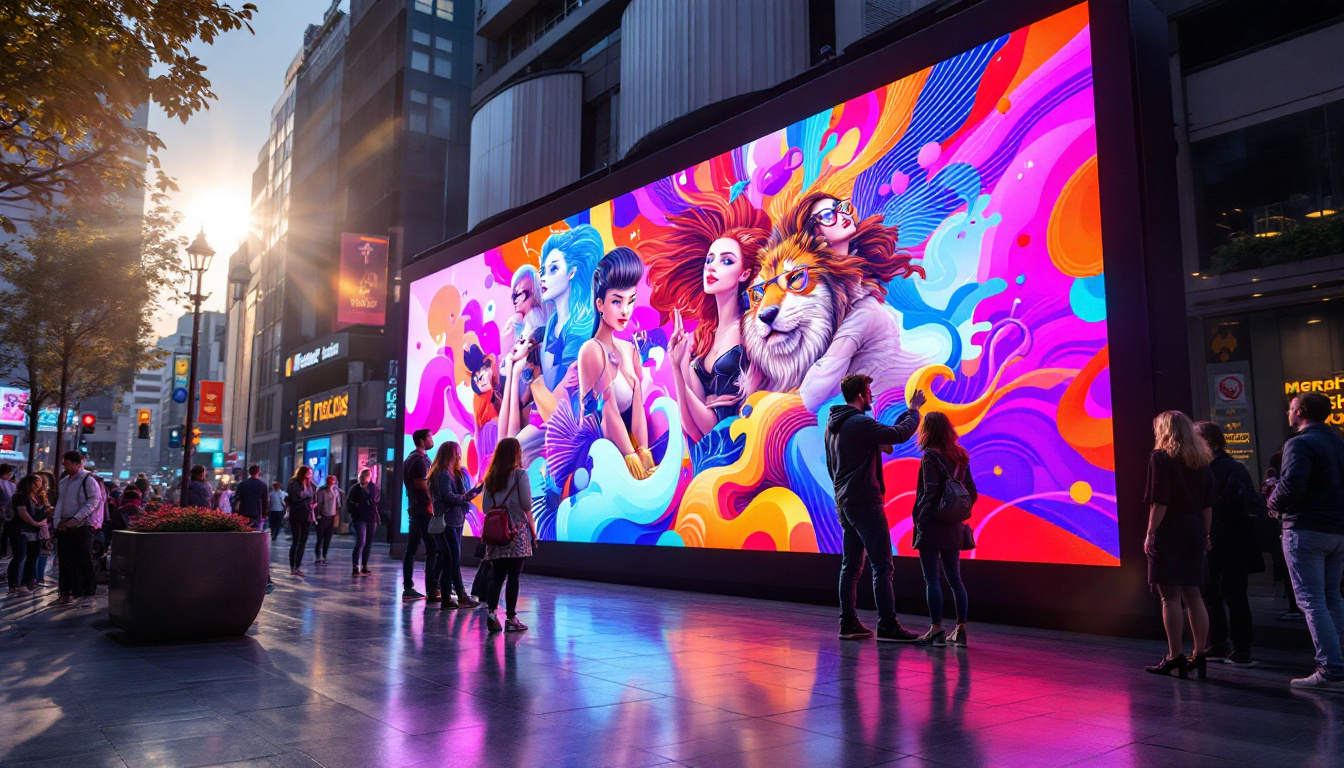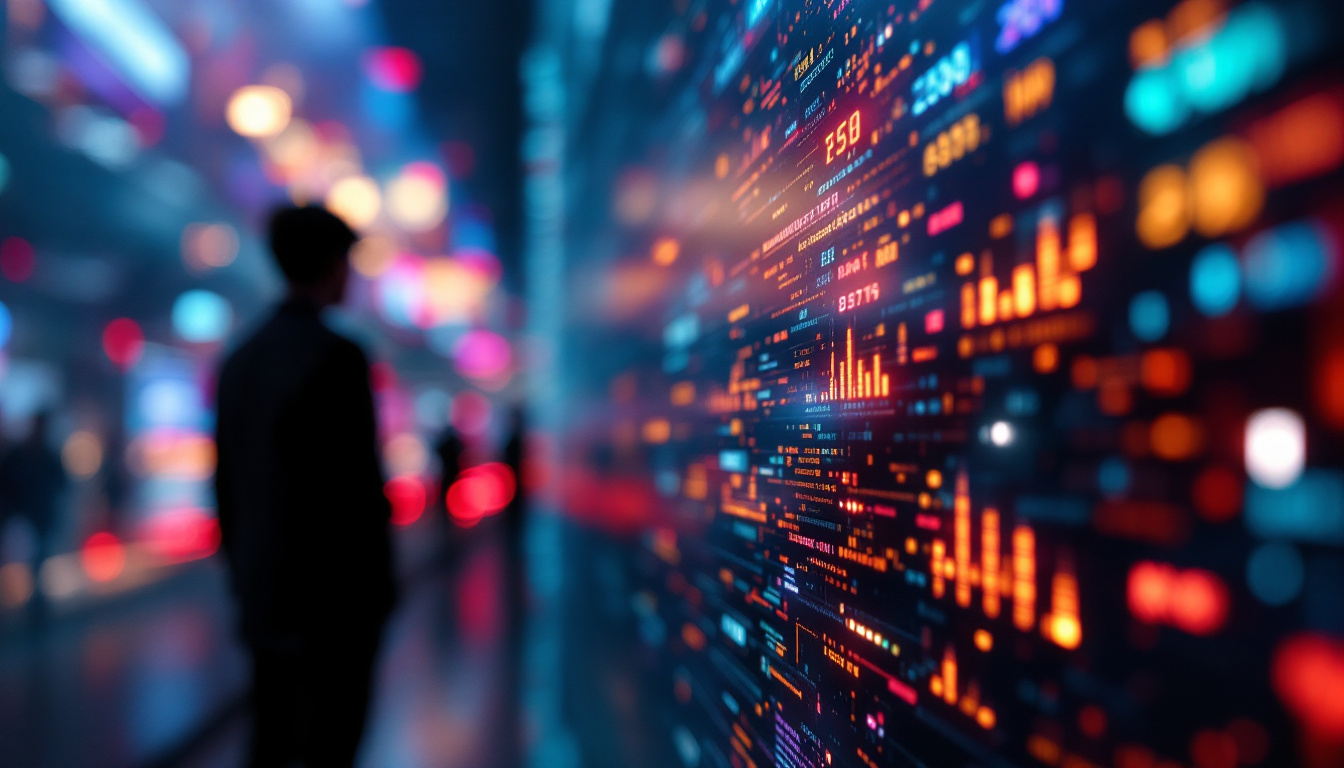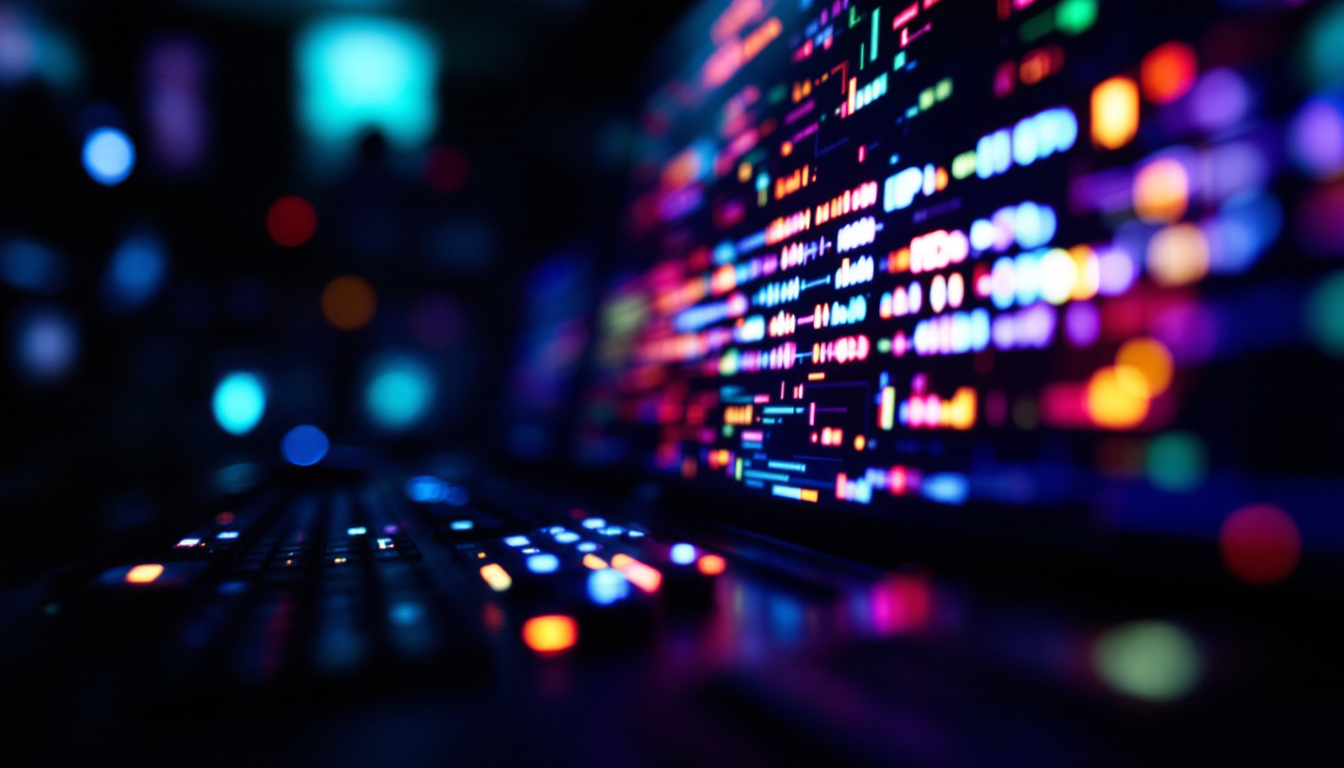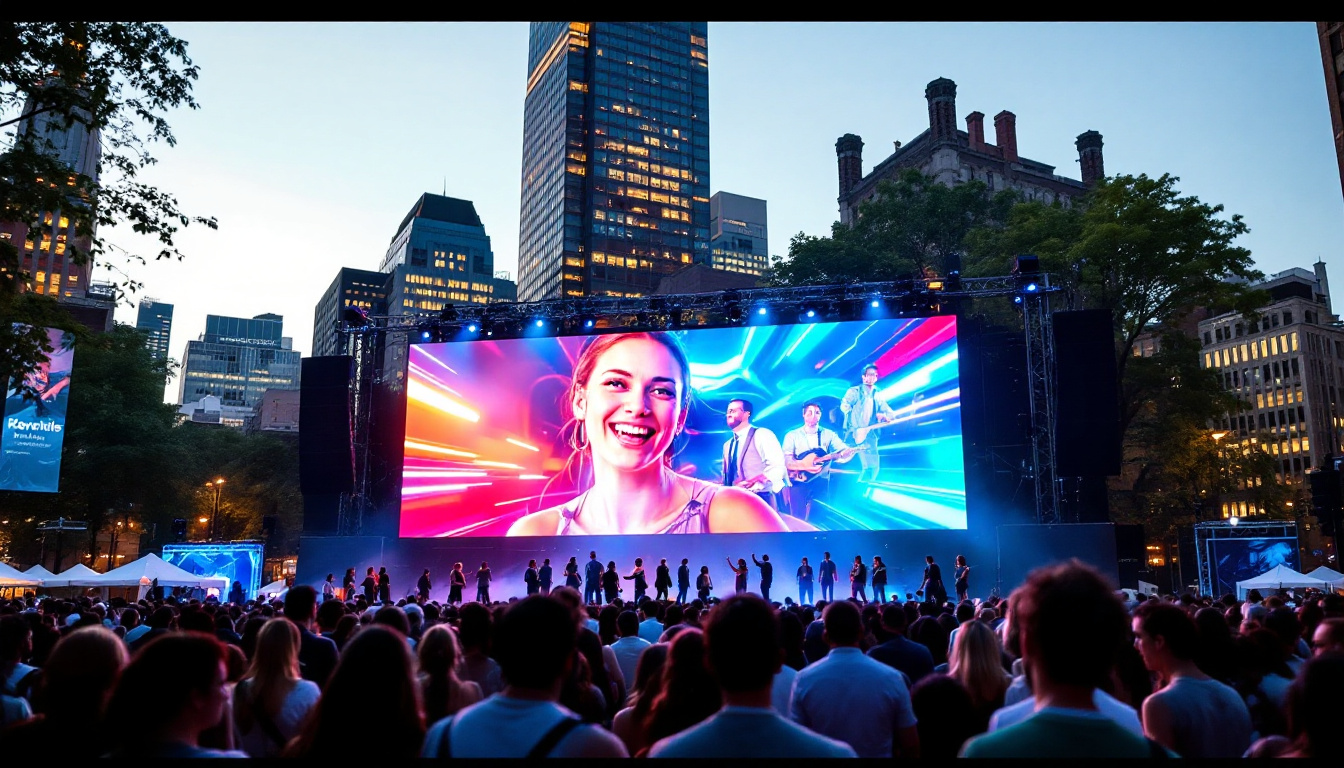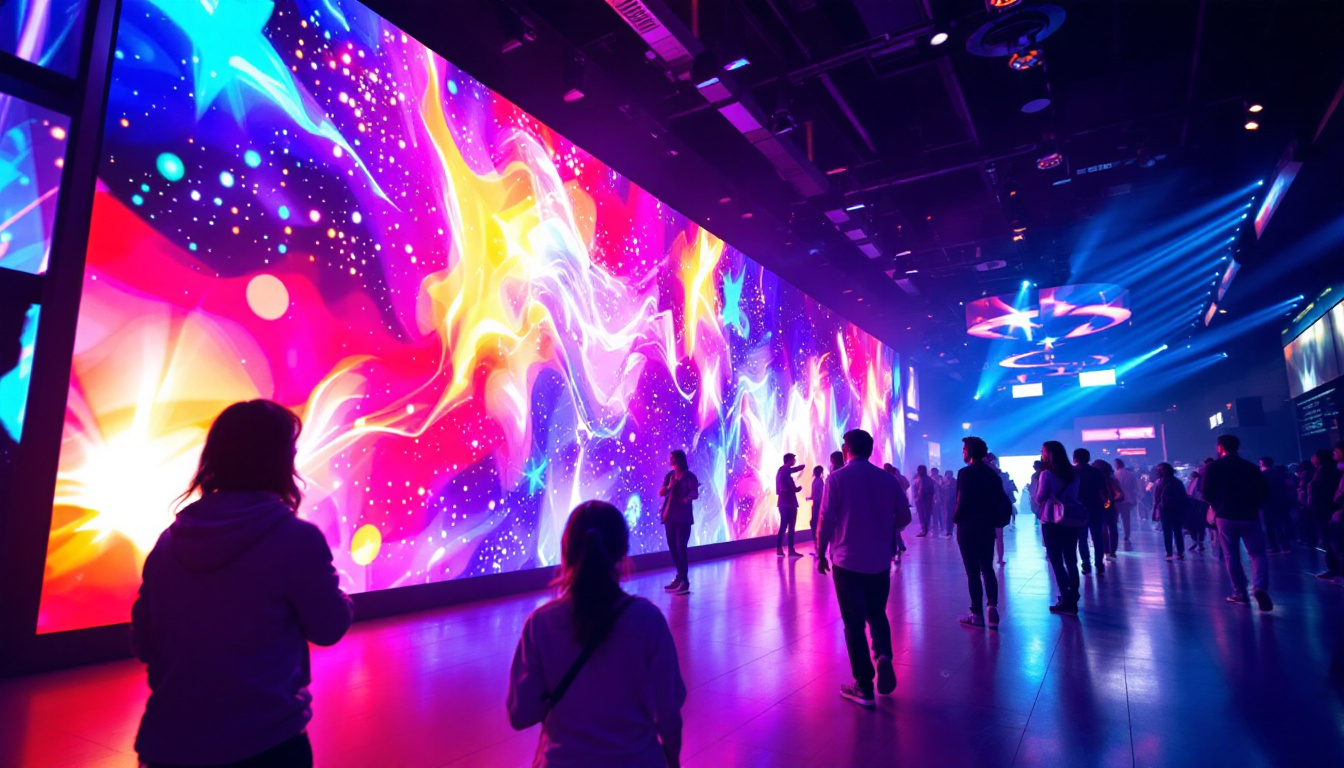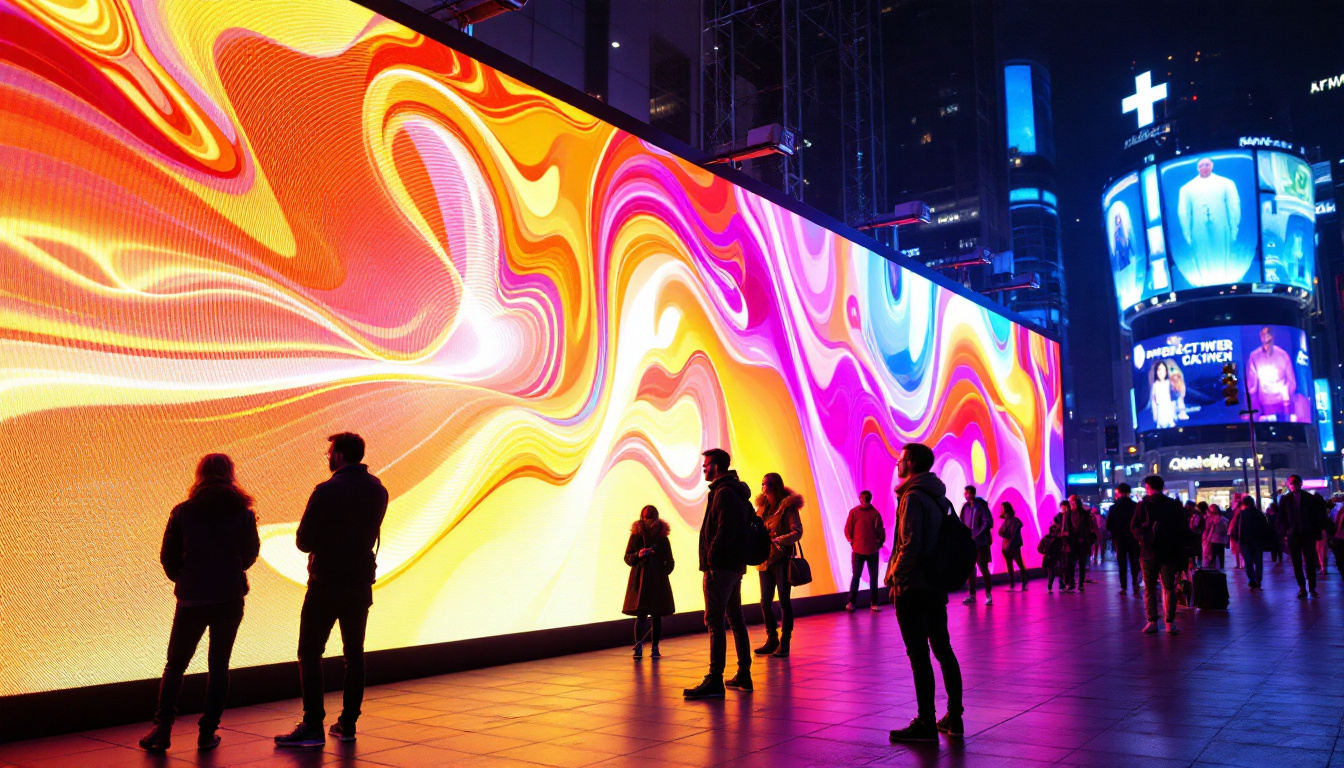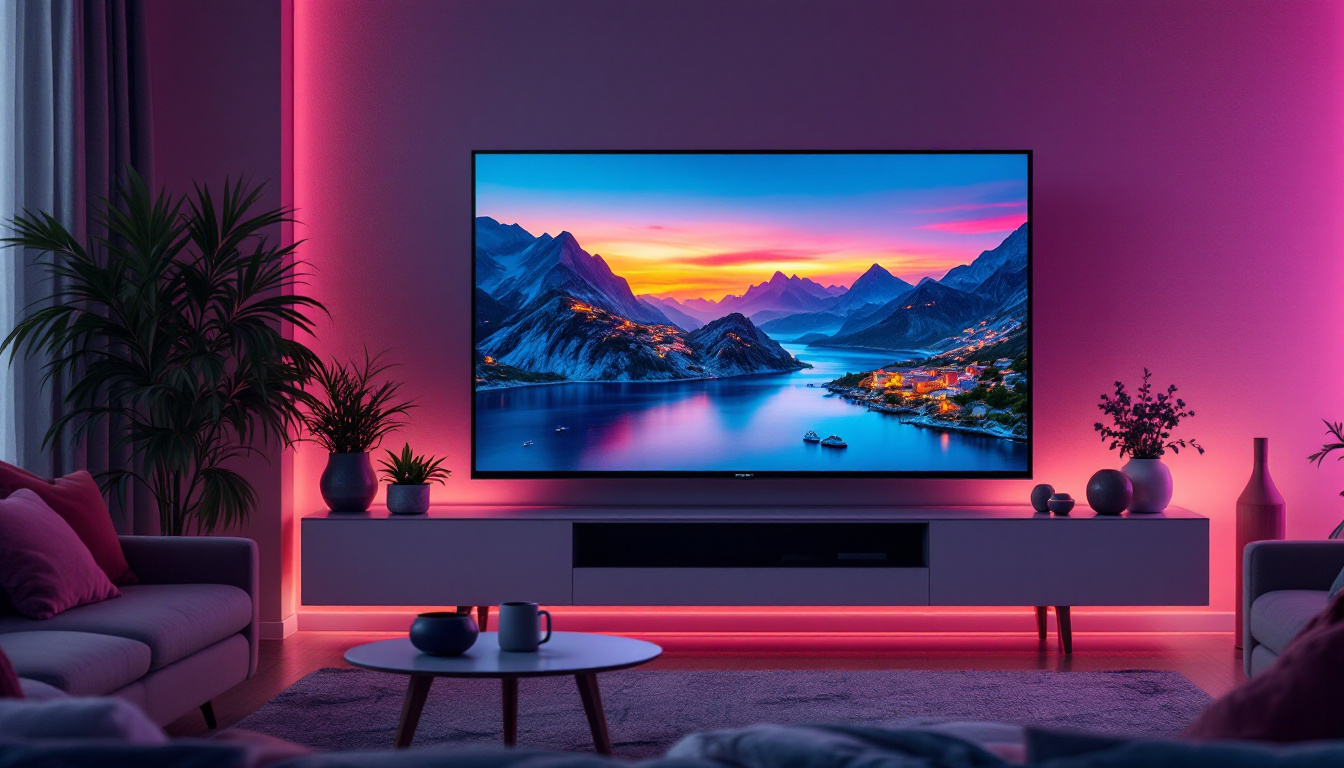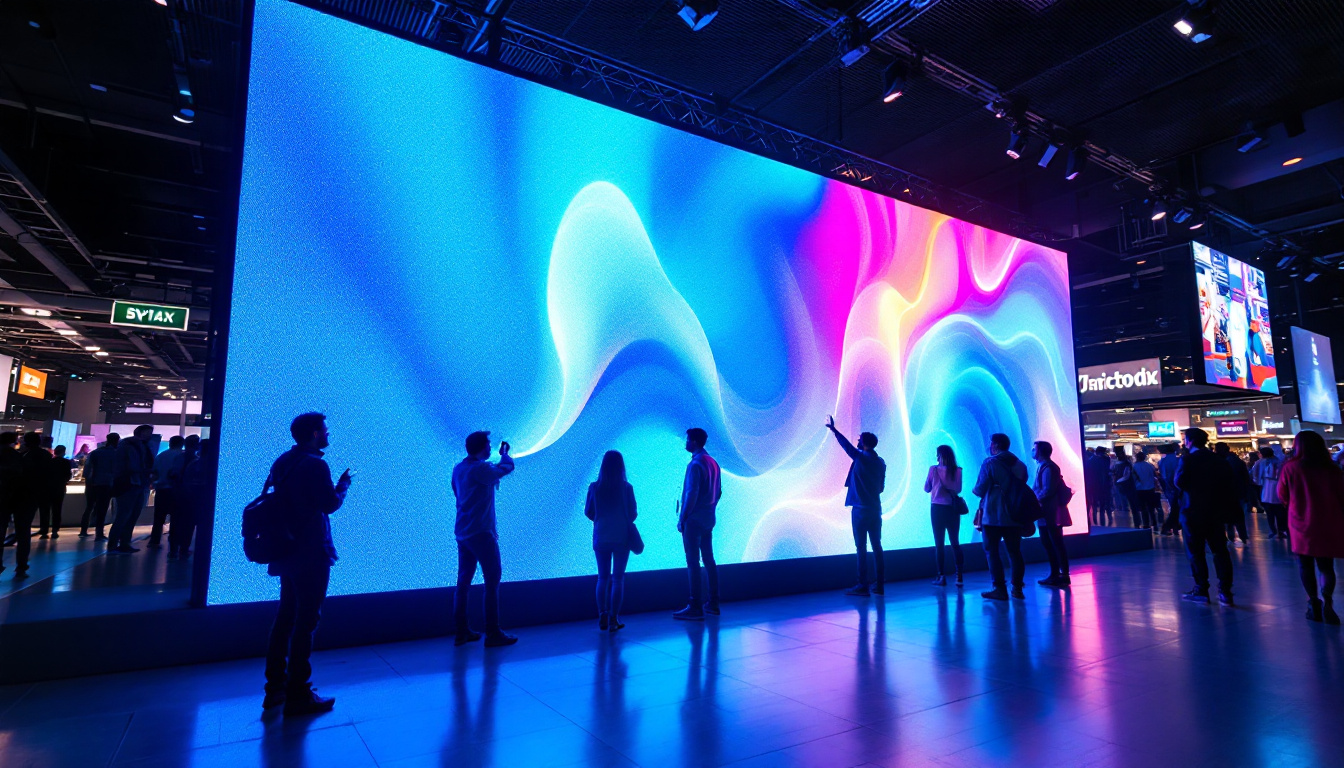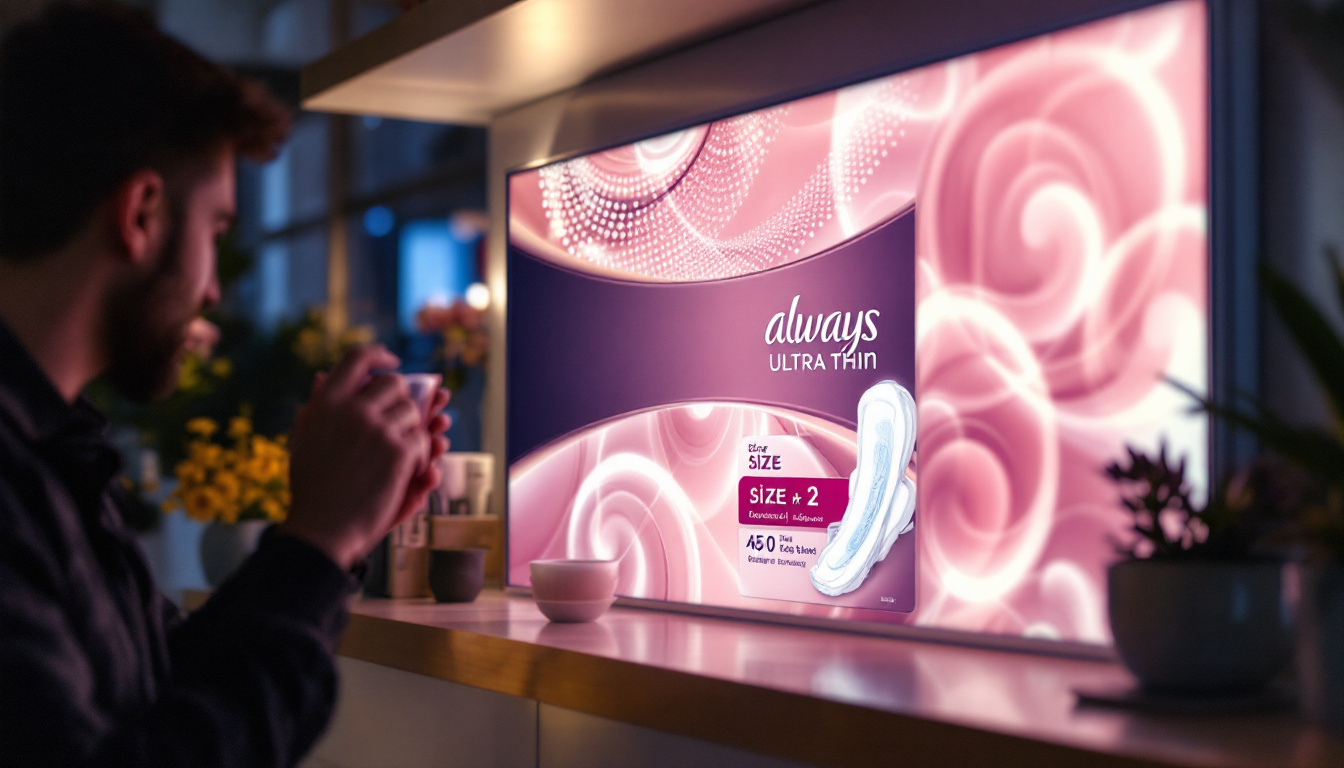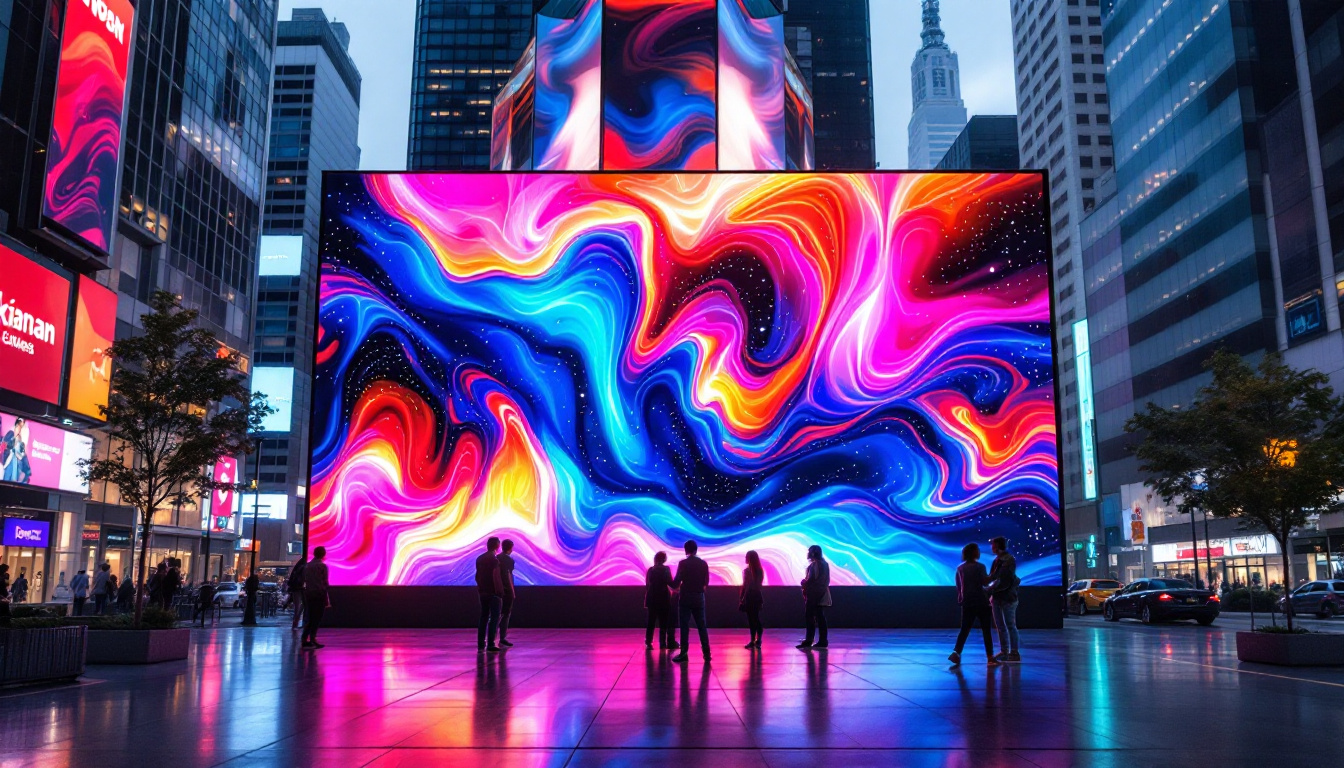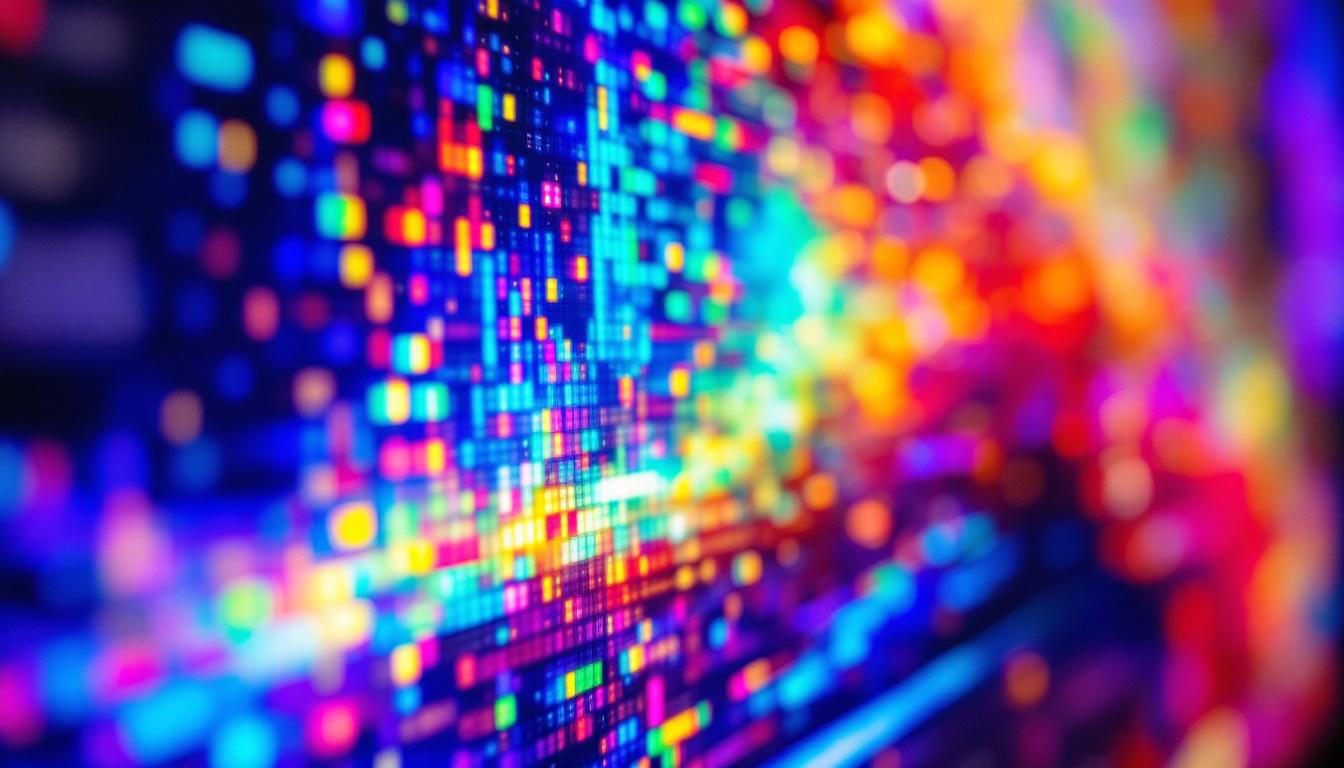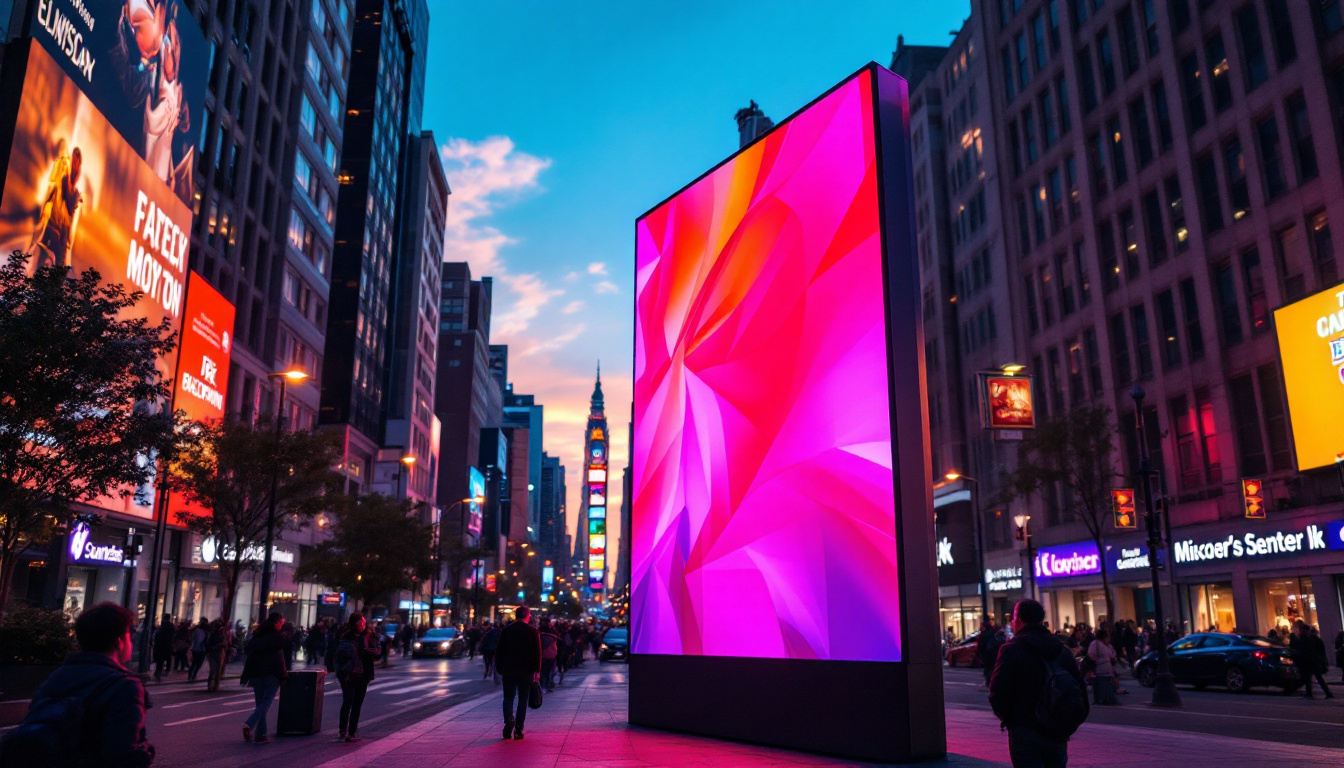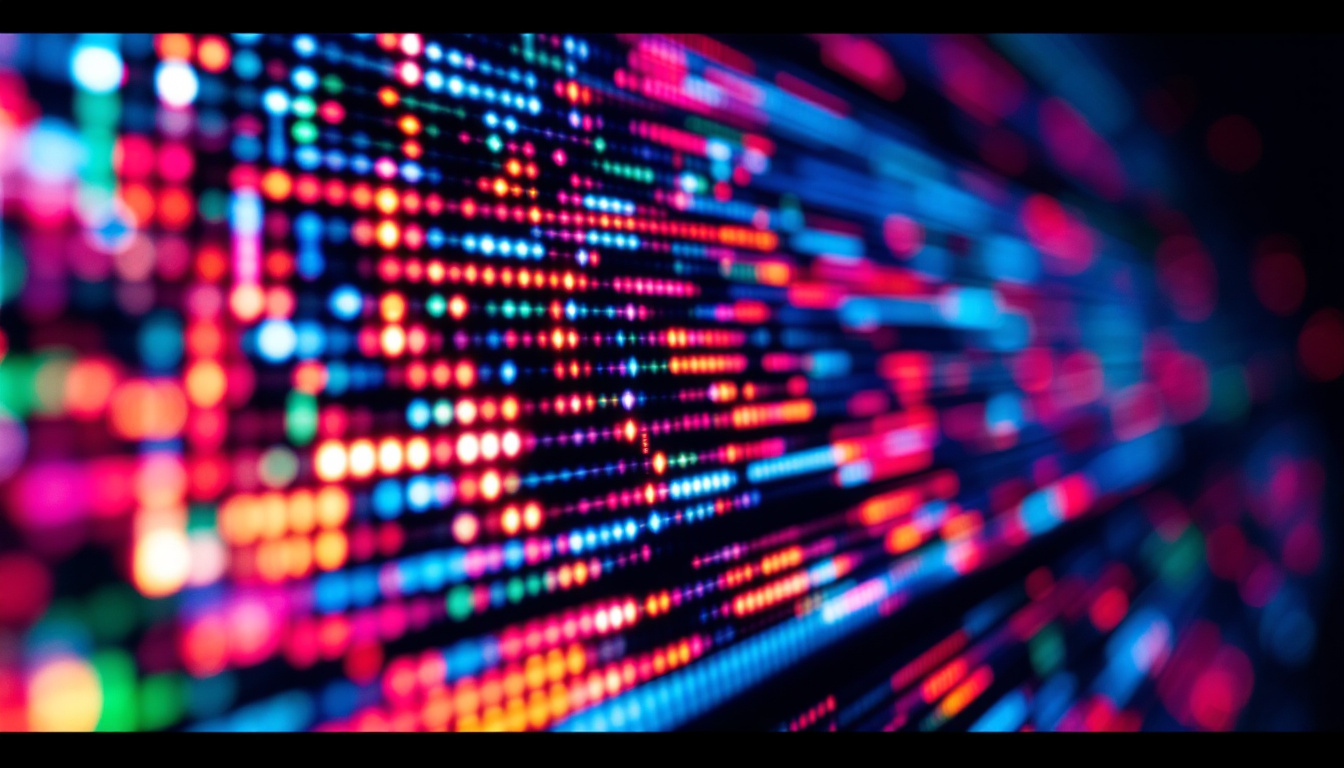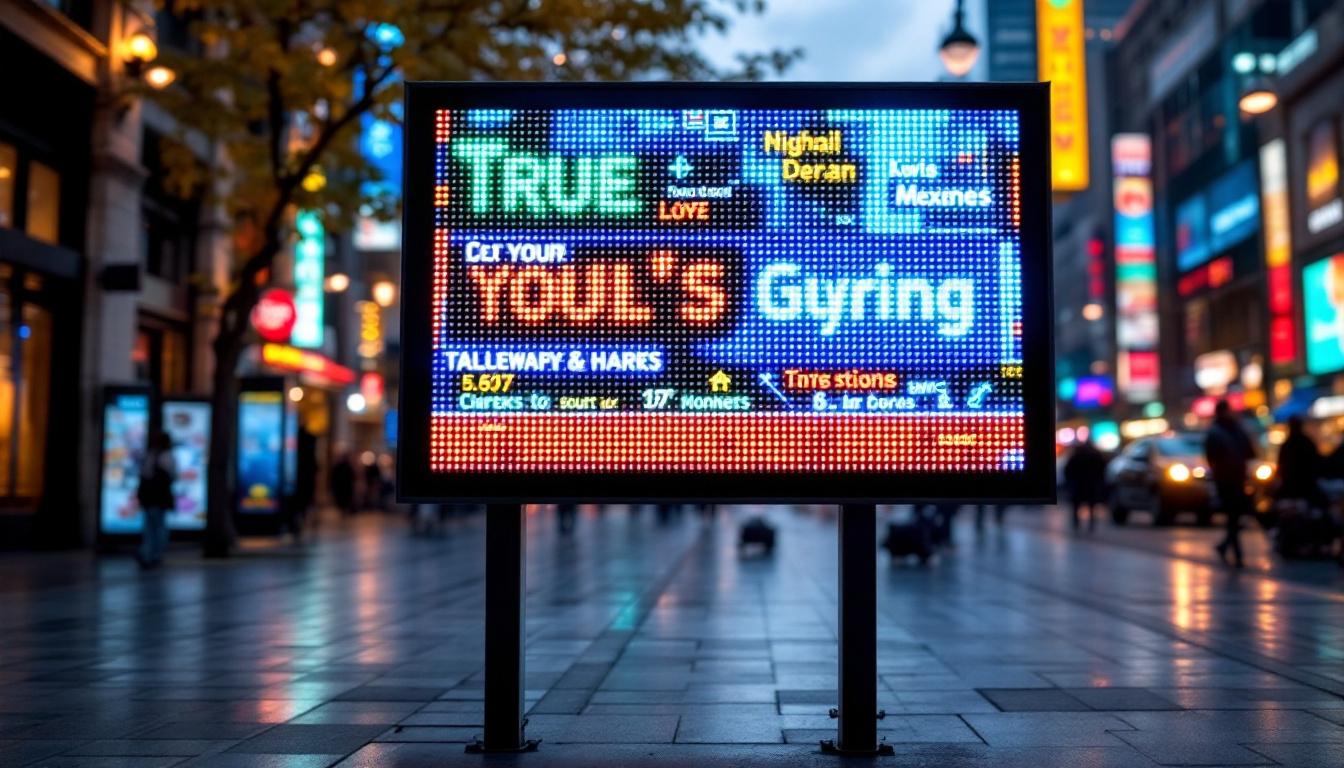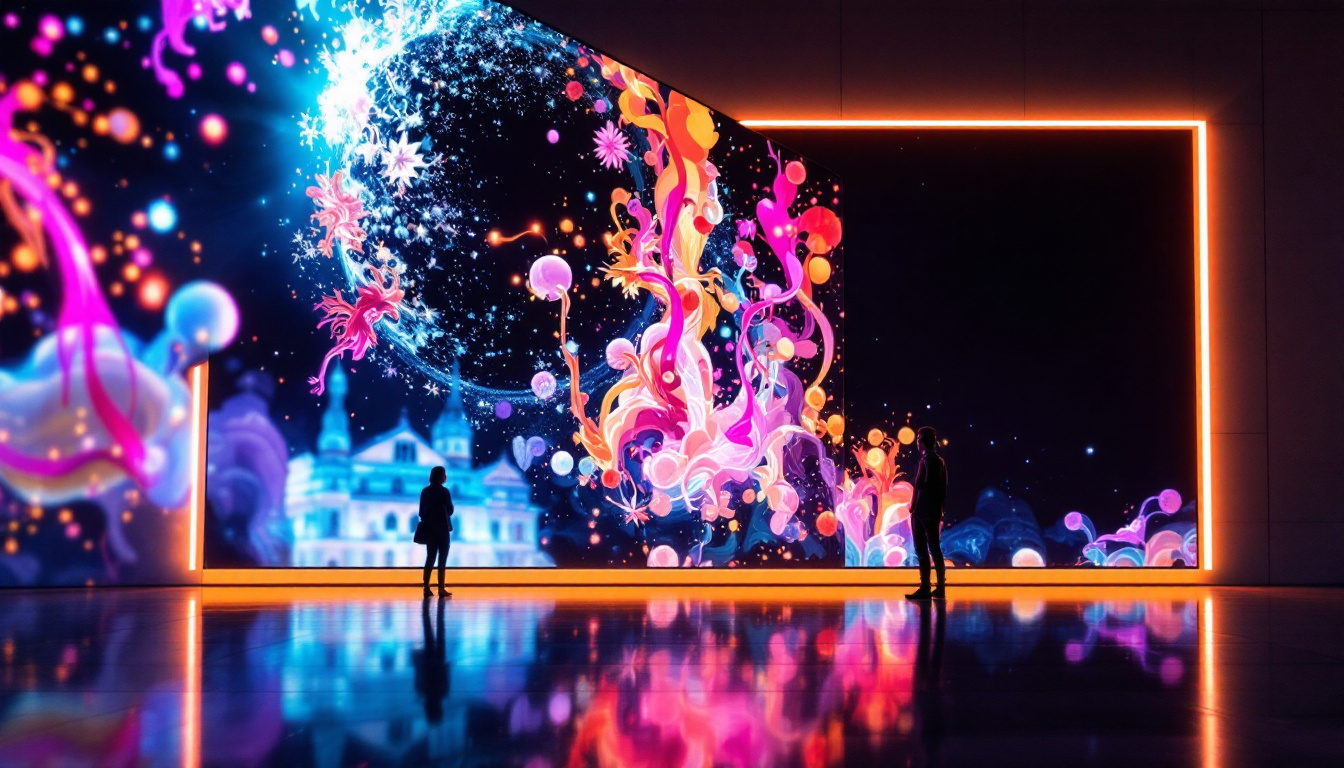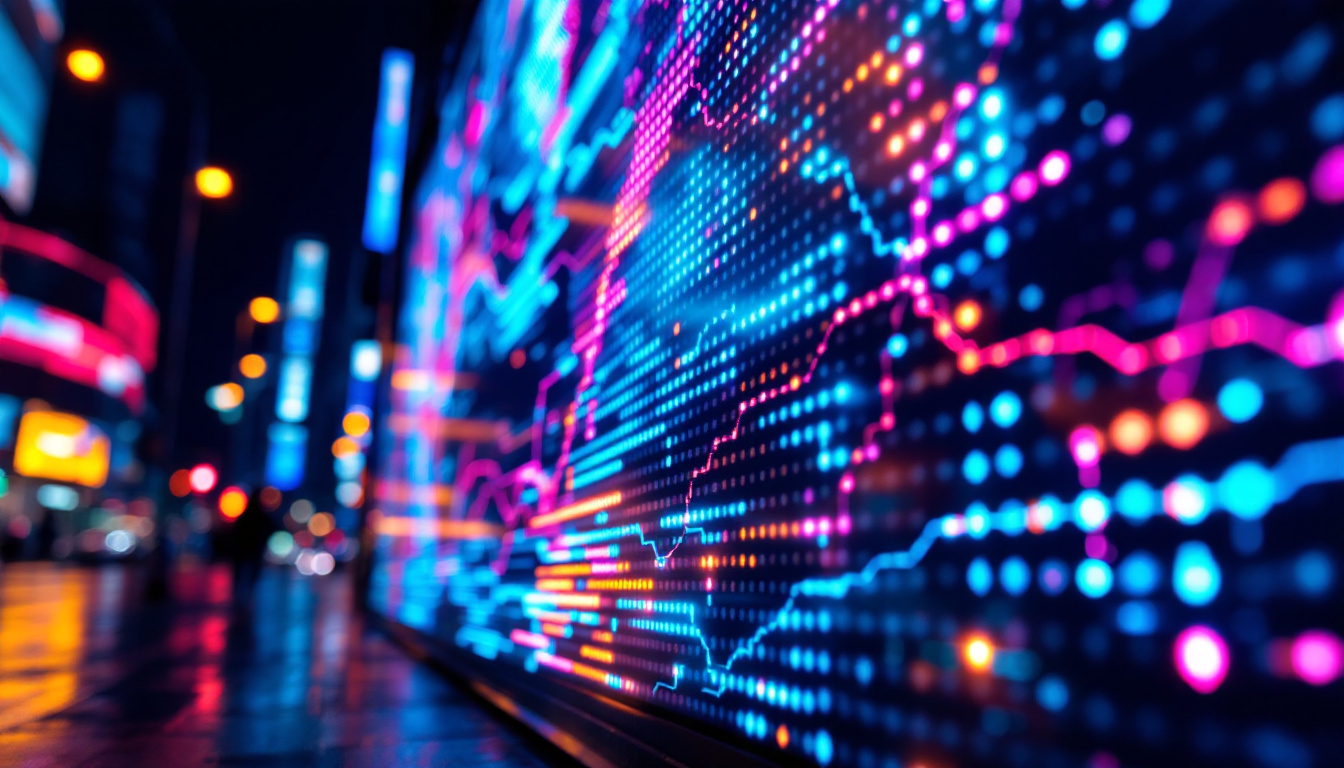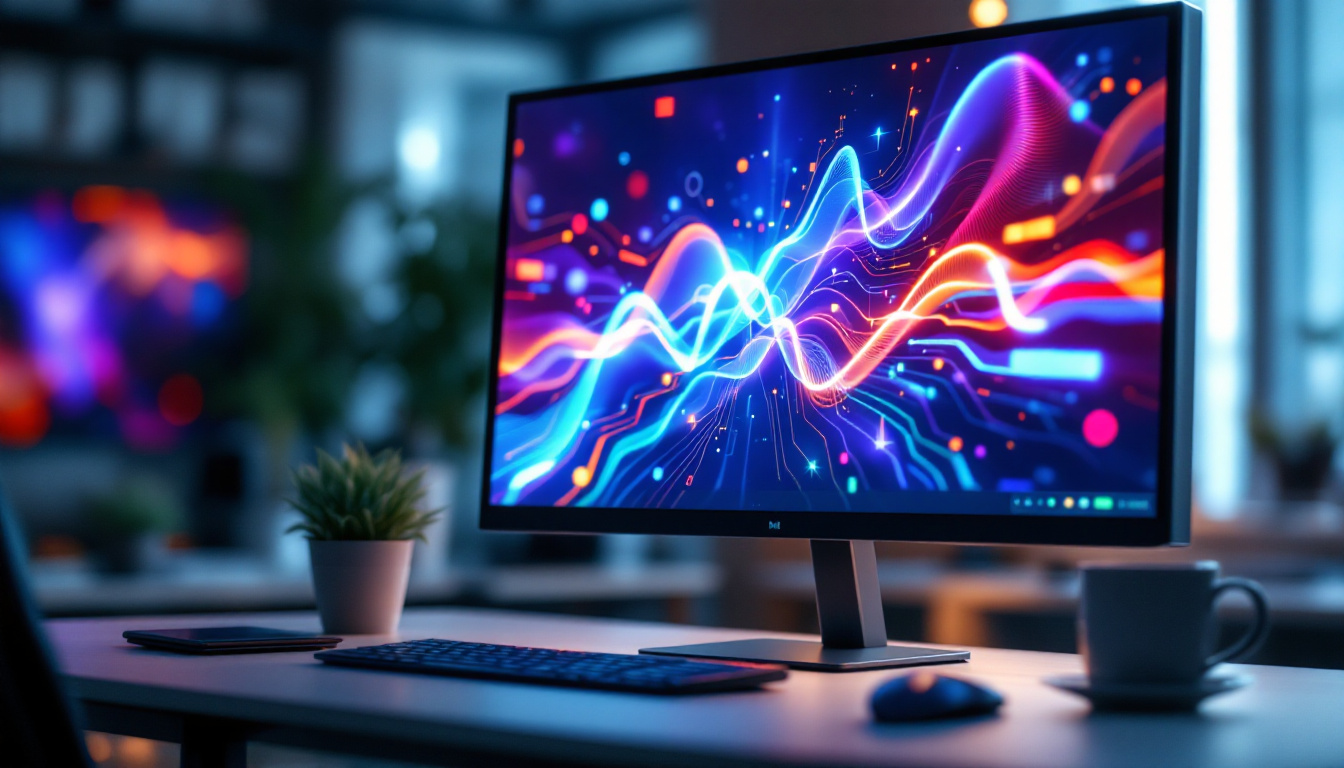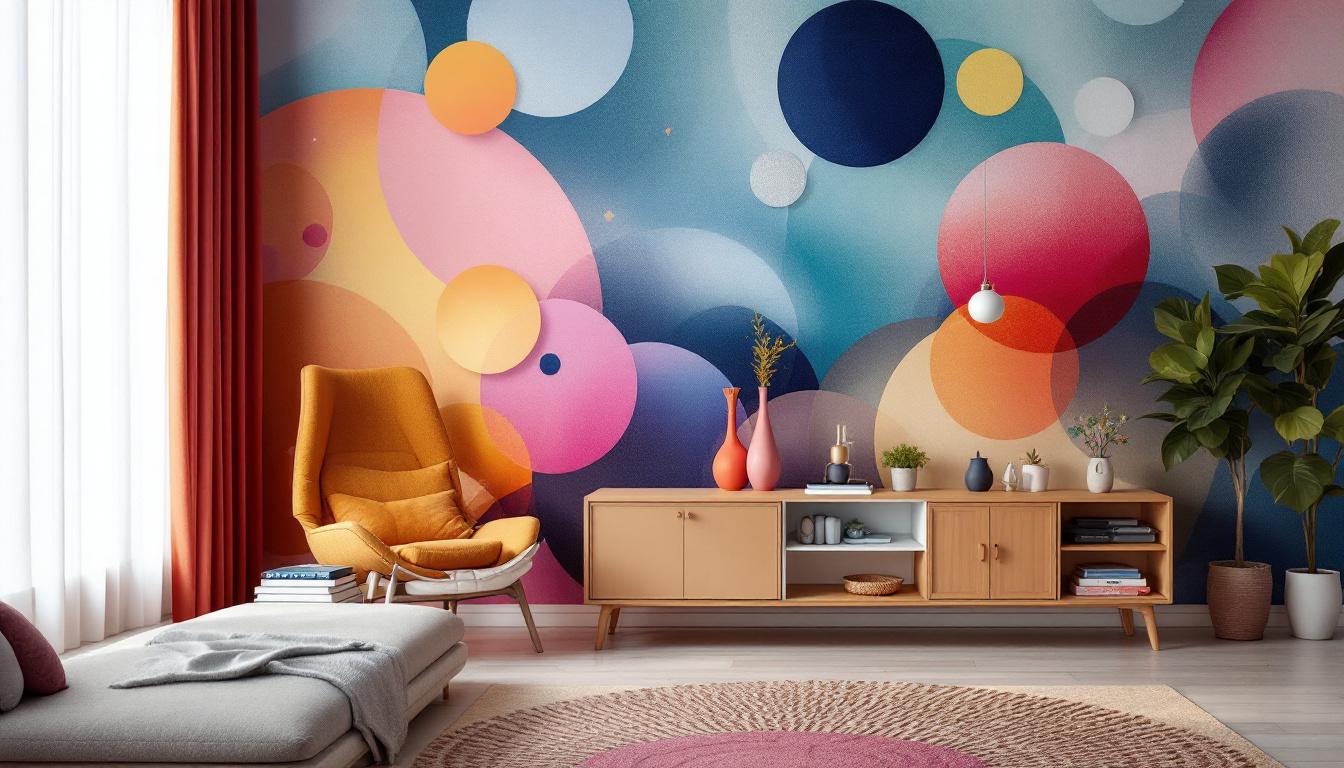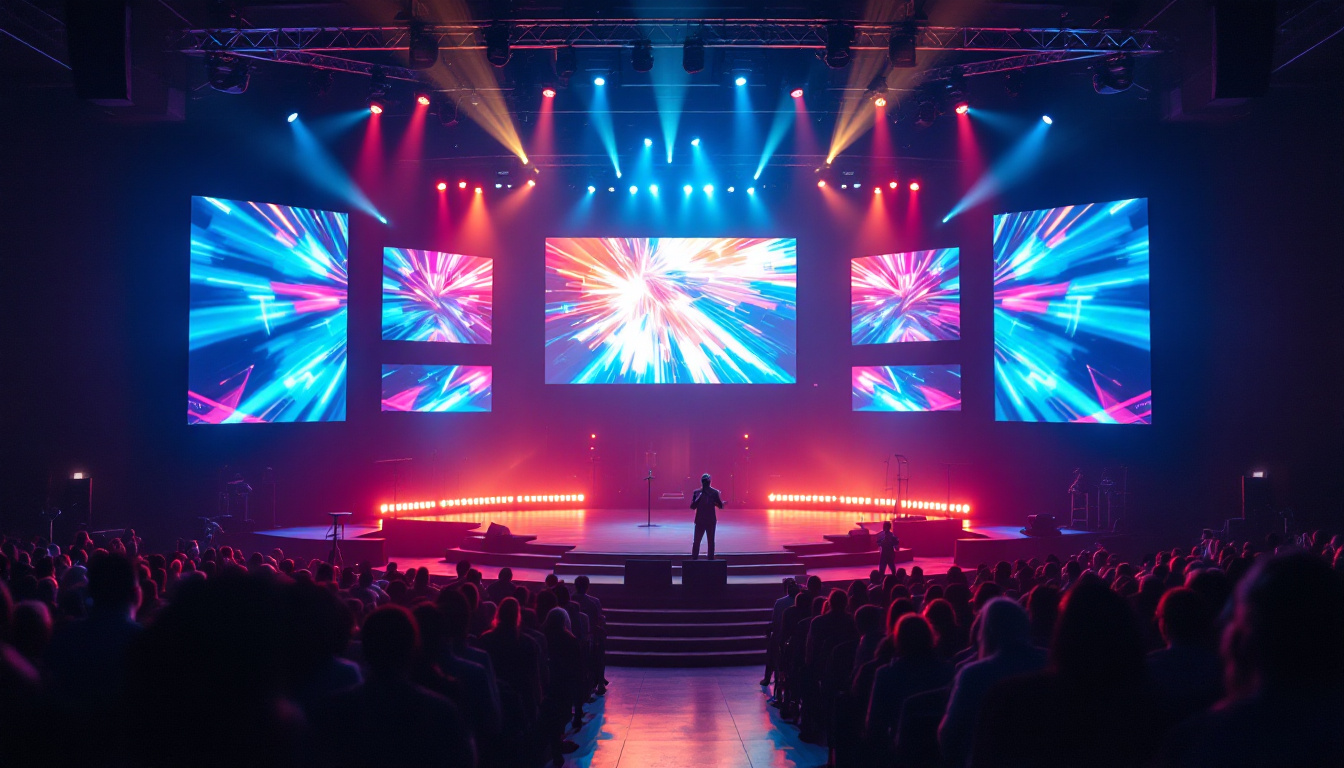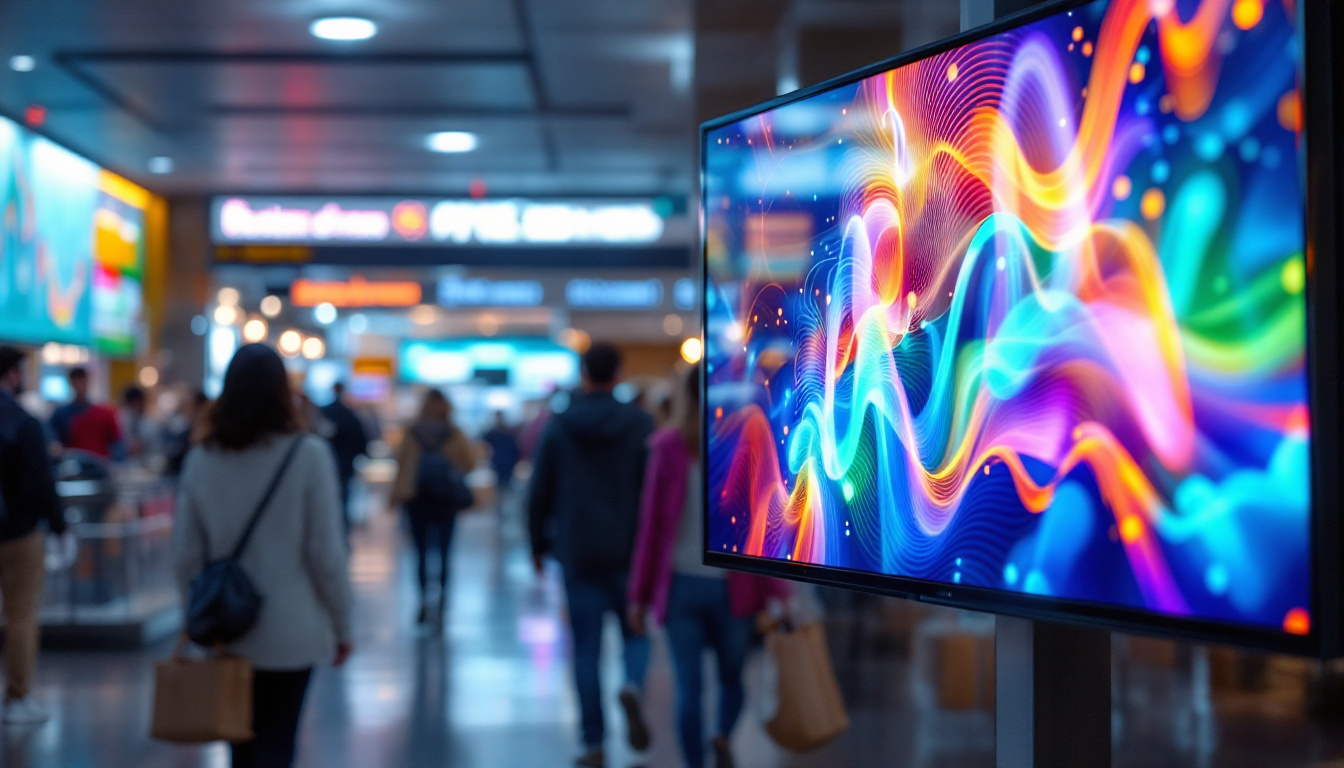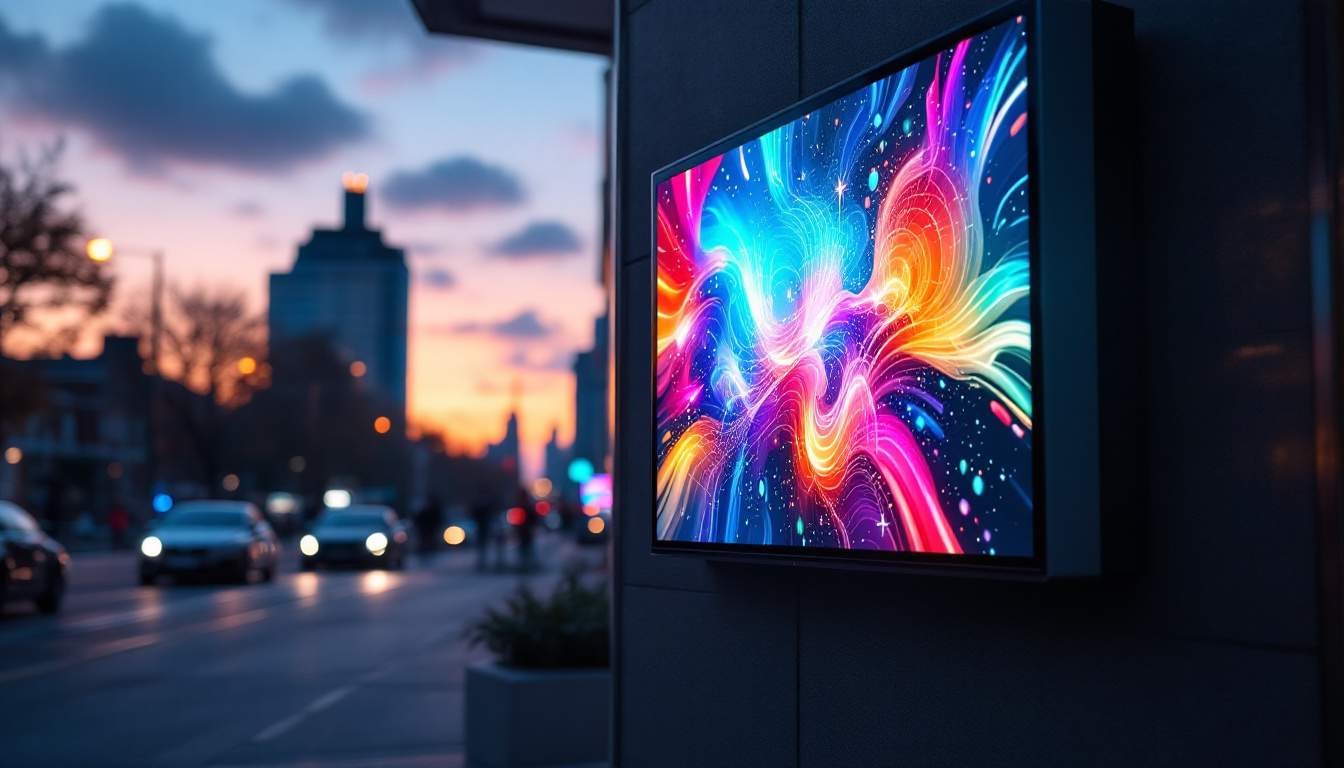Backdrop For Live Music Performance: LED Display Explained
In the world of live music performances, the visual experience is just as important as the auditory one. Artists and event organizers are increasingly turning to LED displays to create stunning backdrops that enhance the overall atmosphere of a show. This article delves into the significance of LED displays in live music performances, exploring their technology, benefits, and creative applications.
The Evolution of Performance Backdrops
Traditionally, live music performances relied on static backdrops, such as painted canvases or simple lighting effects. These methods, while effective to some extent, often fell short of capturing the dynamic energy of the performance. As technology evolved, so did the possibilities for visual storytelling in music.
From Static to Dynamic
The transition from static to dynamic backdrops marked a significant shift in live performances. With the introduction of video screens and projection mapping, artists began to explore new ways to engage their audiences. However, these technologies often came with limitations, such as size constraints and the need for complex setups. Artists and production teams had to carefully plan their visuals, ensuring that the backdrop complemented the music without overwhelming it. This careful choreography of sight and sound created a more immersive experience, allowing audiences to connect with the performance on a deeper level. As a result, the relationship between the performer and the backdrop became a crucial element of the overall show, leading to innovative collaborations between musicians and visual artists.
The Rise of LED Technology
LED technology revolutionized the way performances are visualized. Unlike traditional screens, LED displays offer greater brightness, contrast, and color accuracy. This advancement allows for vivid imagery that can be seen clearly even in well-lit environments. As a result, LED displays have become a staple in concert venues, festivals, and other live events. The flexibility of LED panels also means they can be configured in various shapes and sizes, enabling designers to create stunning visual landscapes that can transform the stage into a completely different world. This adaptability has led to iconic stage designs, where the backdrop becomes an integral part of the narrative being told through the music. Furthermore, the energy efficiency of LED technology has allowed for more sustainable practices in event production, as venues and artists seek to reduce their environmental impact while still delivering spectacular shows.
Understanding LED Displays
LED displays consist of numerous small light-emitting diodes that work together to form a larger image. These displays can be configured in various shapes and sizes, making them incredibly versatile for different performance settings. Understanding the components and functionality of LED displays is crucial for anyone involved in live music production.
Components of LED Displays
At the core of an LED display are the individual diodes, which emit light when an electric current passes through them. These diodes are arranged in a grid, with each pixel made up of red, green, and blue (RGB) components. By adjusting the intensity of each color, a wide range of hues can be produced, allowing for intricate visuals.
Types of LED Displays
There are various types of LED displays, each suited for different applications. Indoor LED displays are typically designed for close viewing, offering higher pixel density for sharper images. Outdoor LED displays, on the other hand, are built to withstand the elements and often feature lower pixel density to ensure visibility from a distance.
Resolution and Pixel Pitch
The resolution of an LED display is determined by its pixel pitch, which refers to the distance between the centers of adjacent pixels. A smaller pixel pitch results in higher resolution, allowing for more detailed images. For live music performances, selecting the appropriate resolution is essential to ensure that the visuals complement the music without overwhelming the audience.
Benefits of Using LED Displays in Live Music
Incorporating LED displays into live music performances offers numerous advantages. These benefits not only enhance the audience’s experience but also provide artists with new avenues for creativity.
Enhanced Visual Experience
One of the most significant benefits of LED displays is their ability to create a captivating visual experience. With the right content, LED screens can transform a stage into a vibrant canvas, amplifying the emotions conveyed through music. From abstract animations to synchronized visuals that match the rhythm of the performance, the possibilities are endless.
Flexibility and Customization
LED displays are highly flexible and can be customized to fit any stage design. They can be arranged in various configurations, such as curved or modular setups, allowing for creative staging options. This adaptability enables artists to craft unique visual narratives that align with their brand and artistic vision.
Improved Audience Engagement
In today’s fast-paced world, capturing and maintaining audience attention is crucial. LED displays can play a vital role in this regard. By providing dynamic visuals that resonate with the music, artists can create a more immersive experience that keeps the audience engaged throughout the performance.
Creative Applications of LED Displays
LED displays are not just about displaying static images or videos; they can be used creatively to enhance storytelling in live performances. Artists and designers are continually finding innovative ways to utilize LED technology to push the boundaries of traditional performances.
Interactive Visuals
One of the most exciting trends in live music is the use of interactive visuals. By integrating audience participation into the visual experience, artists can create a sense of connection and community. For example, real-time data from social media feeds can be displayed on the screen, allowing fans to see their messages or photos shared during the performance.
Augmented Reality (AR) Integration
Augmented reality is another groundbreaking application of LED displays in live performances. By combining physical elements with digital overlays, artists can create a multi-dimensional experience that blurs the lines between reality and imagination. This technology can be used to enhance stage designs, create virtual performers, or even transport the audience to fantastical worlds.
Visual Storytelling
Visual storytelling is an art form in itself, and LED displays provide the perfect medium for artists to convey their narratives. By synchronizing visuals with music, artists can evoke emotions and tell stories that resonate deeply with their audience. This approach not only enhances the performance but also leaves a lasting impression on attendees.
Challenges and Considerations
While LED displays offer numerous advantages, there are also challenges and considerations that artists and event organizers must keep in mind. Understanding these factors is essential for successful implementation.
Technical Requirements
Setting up LED displays requires a solid understanding of technical specifications and equipment. From video processing units to power distribution, the logistics of a successful setup can be complex. It is crucial to work with experienced professionals who understand the intricacies of LED technology to ensure a seamless experience.
Content Creation
Creating engaging content for LED displays is another challenge that requires careful planning and execution. The visuals must not only align with the music but also complement the overall theme of the performance. Collaborating with skilled visual artists and designers can help in crafting compelling content that enhances the performance.
Budget Considerations
LED displays can be a significant investment, and budget considerations are paramount. While the cost of high-quality displays has decreased over the years, the expenses associated with setup, content creation, and technical support can add up quickly. It is essential to allocate resources wisely to maximize the impact of the visuals without compromising the overall production quality.
The Future of LED Displays in Live Music
As technology continues to advance, the future of LED displays in live music performances looks promising. Emerging trends and innovations are set to redefine how artists connect with their audiences.
Higher Resolution and Advanced Technologies
The demand for higher resolution displays is on the rise, driven by the need for more immersive experiences. Future advancements in LED technology will likely lead to even finer pixel pitches and improved color accuracy. Additionally, developments in artificial intelligence and machine learning may enable more sophisticated content generation and real-time visual effects.
Integration with Other Technologies
The integration of LED displays with other technologies, such as virtual reality (VR) and holography, could further enhance live performances. Imagine attending a concert where holographic images interact with the performers on stage, creating a truly unforgettable experience. As these technologies evolve, the possibilities for creative expression will expand exponentially.
Sustainability and Eco-Friendly Solutions
As the world becomes more environmentally conscious, the live music industry is also taking steps toward sustainability. Future LED displays may incorporate eco-friendly materials and energy-efficient technologies, reducing their environmental impact. This shift will not only benefit the planet but also resonate with audiences who prioritize sustainability in their entertainment choices.
Conclusion
LED displays have transformed the landscape of live music performances, offering artists a powerful tool for enhancing their shows. With their dynamic visuals, flexibility, and creative applications, LED displays have become an integral part of the live music experience. As technology continues to evolve, the potential for innovative and immersive performances will only grow, paving the way for a new era in live entertainment.
Incorporating LED displays into live music performances is not just about aesthetics; it is about creating a holistic experience that resonates with audiences on multiple levels. As artists and event organizers embrace this technology, the future of live music promises to be more vibrant, engaging, and unforgettable than ever before.
Illuminate Your Live Performances with LumenMatrix
Ready to elevate your live music events to new heights? Discover the exceptional range of LED display solutions from LumenMatrix, a pioneer in crafting immersive visual experiences. Whether you’re looking for Indoor LED Walls, Outdoor Displays, or innovative Custom LED solutions, LumenMatrix has the technology to bring your performances to life. Embrace the future of visual storytelling and captivate your audience with unparalleled clarity and impact. Check out LumenMatrix LED Display Solutions today and transform your live music experience.

